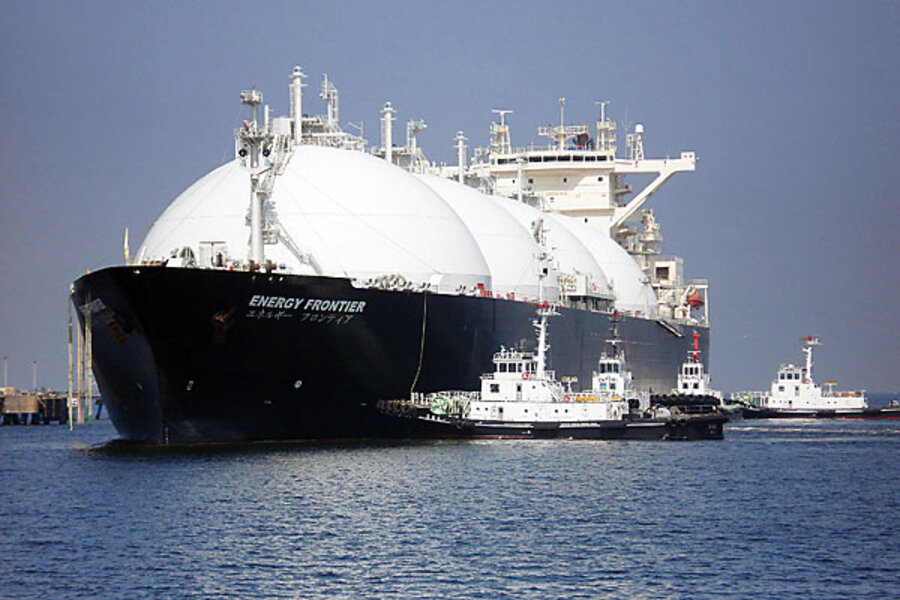Japan is the world’s largest single buyer of liquefied natural gas (LNG), accounting for 35 percent of total supply in 2009. Under the threat of a meltdown after the shutdown of the Fukushima nuclear plant, which left 1.3 million people without power, Japan will need to tap more LNG to replace the nuclear energy no longer. Asia’s second-largest economy will continue to import more of the fuel as a surrogate power source, increasing the competition for LNG.
Many projects are under way in an attempt to procure more LNG for the country’s growing demand. In Japan’s last significant earthquake, LNG purchases on the spot market spiked from 100 million tons to 500 million tons. PFC Energy predicts this latest disaster could result in increased LNG demand of 500-600 million tons per month. These numbers should be viewed with caution, as it is hard to accurately measure the extent of the damage to the nuclear facilities.
Investors interested in moving into the sector can look at companies engaged in large LNG contracts, such as Chevron (CVX) and Royal Dutch Shell ADR (RDS.A). The trend also bodes well for companies that ship liquid natural gas and the companies that build the ships. South Korea is home to the largest shipbuilding companies in the world.
Ninety percent of the gas carriers completed since 2000 were built by the three biggest Korean shipbuilders: Hyundai Heavy Industries, Samsung Heavy Industries, and Daewoo Shipbuilding and Marine Engineering. New ships cost just over $200 million each. Seoul-based Mirae Asset Securities described the earthquake as a “landmark event for the shipbuilding industry.”





